This Scrambled Egg for Babies recipe could not be easier. Follow the tips to make soft and fluffy eggs, that the whole family will love.
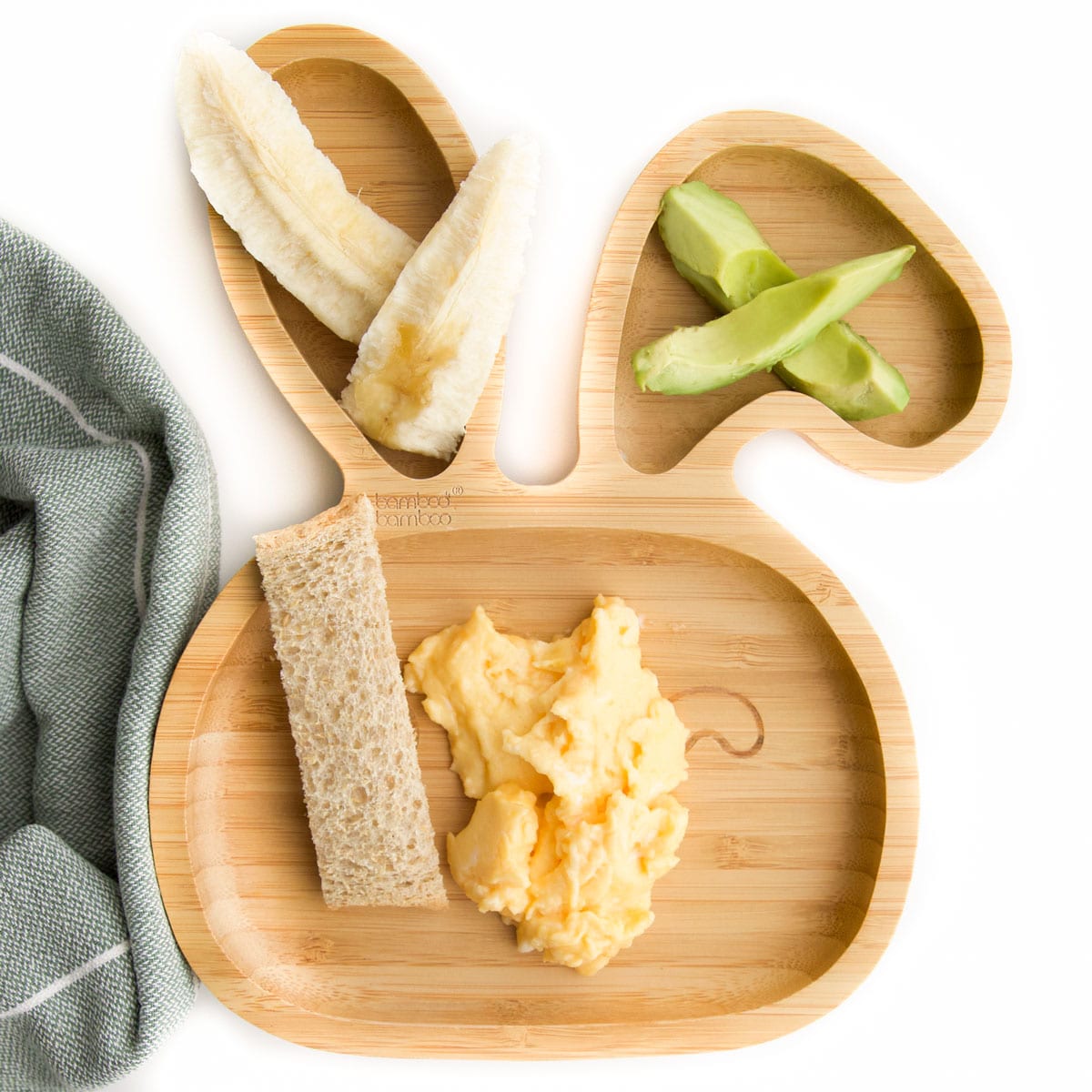
Eggs can be introduced as soon as babies are ready to start solid foods, generally around 6 months of age. Egg allergies are common, so always begin with small quantities of hard-cooked eggs (entire egg- white and yolk), as some babies may react severely to even tiny amounts.
These delicious and easy scrambled eggs also contain dairy, another common allergen, so it is advised to introduce both egg and dairy separately before serving this egg recipe.
Read more about introducing eggs to babies.
Jump to:
5 Reasons to Make These Eggs...
- Nutritious - Eggs are a good source of essential nutrients that babies need, including iron, folate, omega 3 fatty acids, and protein.
- Easy - 5 mins and you have breakfast, lunch or an easy dinner ready. Not just for babies, perfect for the entire family.
- Adaptable - Make plain eggs or add some herbs, spices or/and veggies to boost flavour and nutrition.
- Soft and Fluffy - Fully cooked for baby but not dried up and brown.
- Easy to Pick Up - A great finger food for baby-led weaning but also good for spoon-feeding.
Video Tutorial
Ingredient Information
For the full recipe, with ingredient amounts, scroll to the recipe card at the bottom of the post.
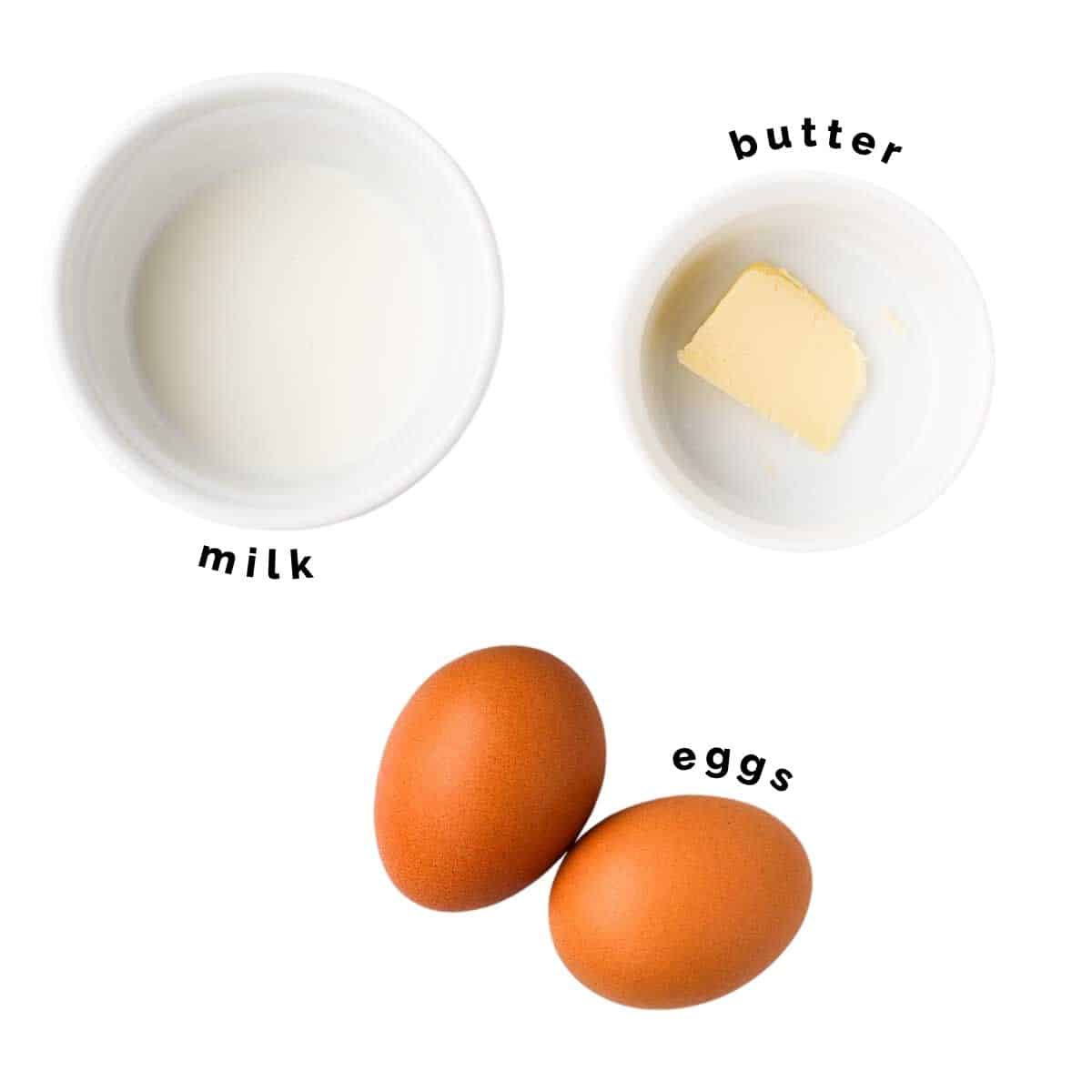
- Eggs - the fresher the better.
- Milk - You only need a small amount of milk to make the eggs moist and creamy. Use ½ tablespoon per egg – add too much and they will be too runny. You can use breast milk, formula or cow's milk.
- Butter - for greasing the skillet and adding flavour. If your baby/toddler has a dairy intolerance, you can replace it with olive oil.
Optional Add-Ins
Scrambled eggs are fantastic plain but don't be afraid to liven up the eggs - adding herbs and spices to baby food is an easy way to expand your baby's palate. Why not try adding...
- Finely chopped fresh herbs such as basil, chives, cilantro (coriander) dill, parsley, thyme or oregano.
- A pinch of cumin, garam masala, turmeric or curry powder.
- A little grated cheese (add at the end of cooking, just before taking it off the heat)
- Well-cooked and finely chopped veggies such as pepper (capsicum), mushrooms, leek, and tomato.
While added ingredients can be a great option, resist the temptation to go overboard. The best way is to add them in moderation. Around 1 tablespoon for 2 eggs.
Step-by-Step Instructions (with images)
This section features step-by-step photos for visual reference. The complete recipe can be found by scrolling to the recipe card at the bottom of the post.
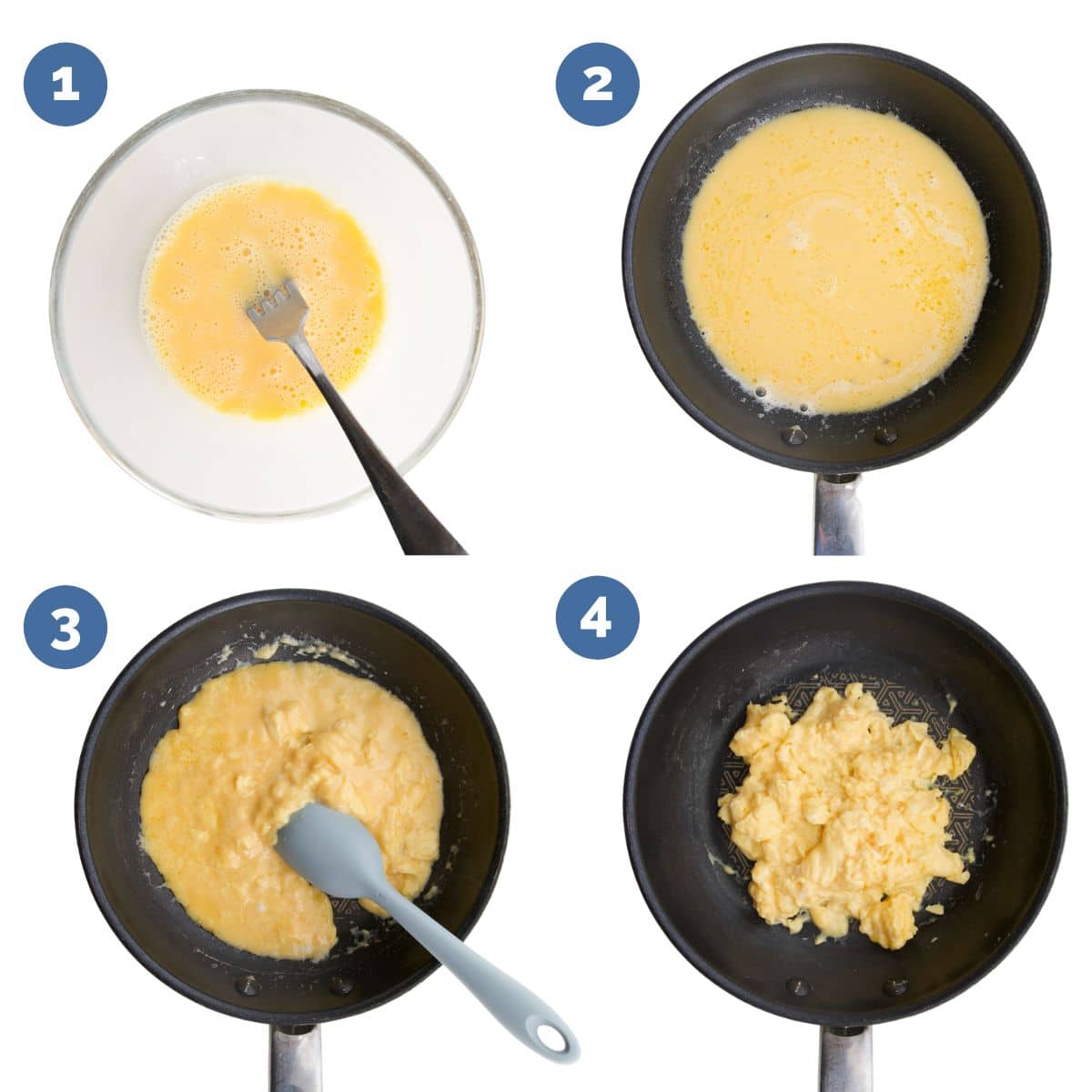
- Crack eggs into a small bowl and whisk together with the milk.
- Melt butter in a small pan over medium heat. Reduce heat to medium-low, add the egg mixture and allow eggs to cook for around 10 seconds.
- Slowly run a silicone spatula/spoon back and forth and around the edges of the pan. Doing this pushes the cooked egg off the base and spreads the raw eggs into the pan to cook.
- Cook until you have a pile of soft, scrambled egg curds and no raw egg leaking on the edges of the pile. Take it off the stove as soon as it is cooked, leave for a few seconds and then give a final stir before serving.
Tips for Success
- Use Low Heat — You want to make sure your eggs are fully cooked but that doesn't mean they need to be dry. The trick to making soft and fluffy scrambled eggs is to use medium/low heat. Cooking eggs low and slow will achieve perfect scrambled eggs for babies every time.
- Be gentle - Use gentle strokes to create soft scrambled eggs, going too fast / hard will result in chopped-up, dry scrambled eggs.
- Use the right skillet/Pan - As this recipe is only for 2 eggs, you should use a smaller skillet (around 20cm/8" or less) A non-stick pan or well-seasoned cast-iron skillet works best - eggs love to stick!
- Use a silicone spatula – It's perfect for gently moving the eggs as they cook and if you're using a non-stick frying pan, it won't harm the coating.
- Remove Eggs Early - Remember to factor in carryover cooking. Remove the pan from the heat a little before your eggs reach their desired level of doneness.
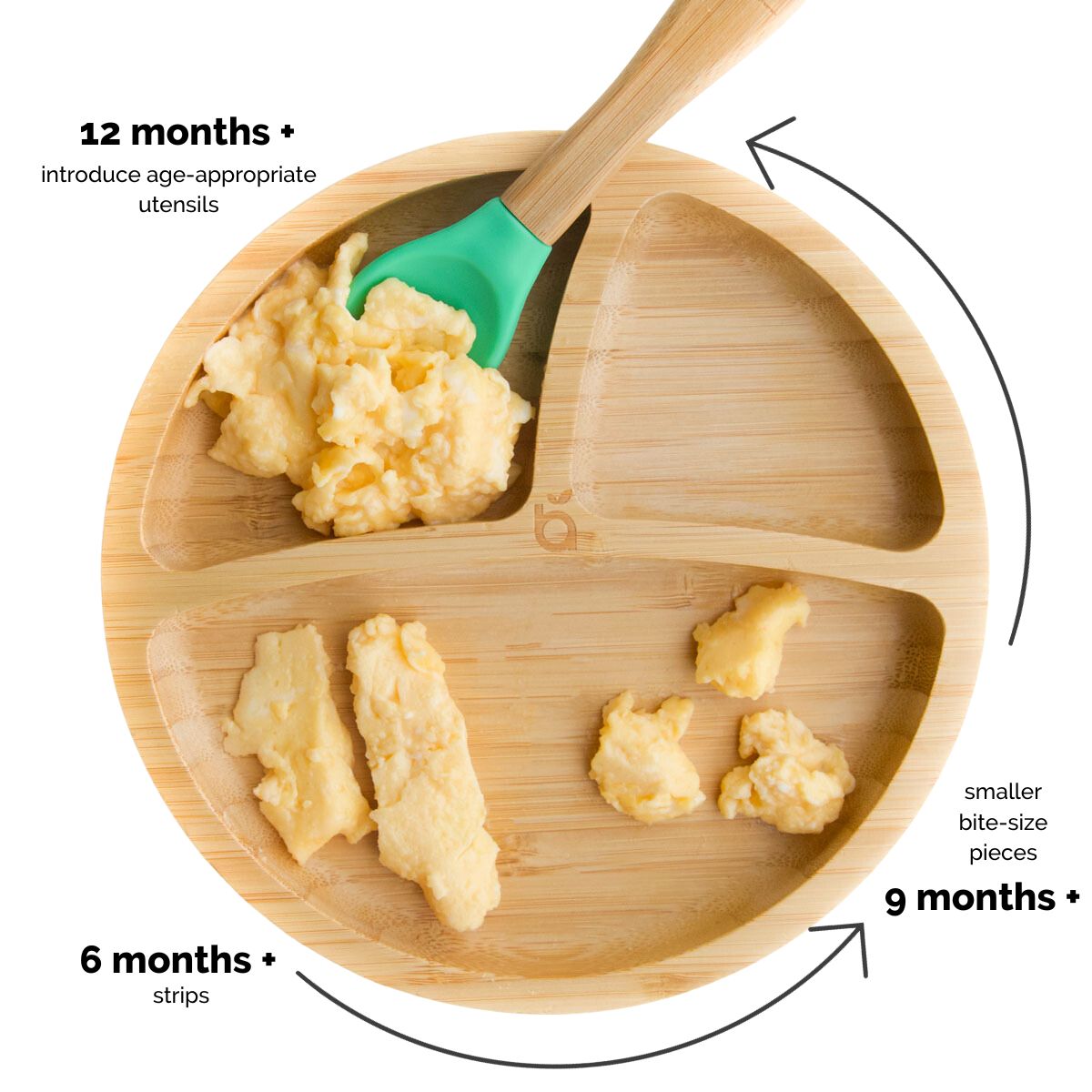
Recipe FAQs
For babies aged 6-8 months, consider serving larger pieces of scrambled eggs, this will allow them to grasp the strips with their palms. As their pincer grasp develops, typically around 8-9 months, you can transition to offering bite-sized pieces, alongside the bigger strips. Once your baby is able to use utensils start serving them with an age-appropriate fork/spoon.
Scrambled eggs are best eaten straight away and as they are so quick and easy to make, it is best to make when needed. If you do have leftovers, pop them in an airtight container and refrigerate for up to a day.
More Baby Friendly Egg Recipes
Looking for more healthy kid recipes?Sign up for my free recipe newsletter to get new family friendly recipes in your inbox each week! Find me sharing more kid-friendly inspiration on Pinterest and Instagram.
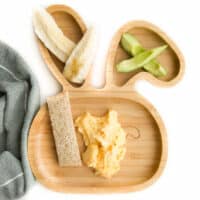
Baby Scrambled Eggs
Equipment
- Small Skillet (around 20cm/8") Non-stick or well-seasoned cast-iron skillet works best
Ingredients
- 2 Eggs
- 1 tablespoon Milk
- 3g (½ tsp) Butter
Instructions
- Whisk the egg and milk together thoroughly, in a small bowl, until the are well combined.
- Melt butter in a small non stick frying pan over medium heat. Reduce the heat to medium-low, add the egg mixture and allow eggs to cook for around 10 seconds.
- Slowly run a silicone spatula/flat edge spoon back and forth and around the edges of the pan. Doing this pushes the cooked egg off the base and spreads the raw eggs into the pan to cook.
- Cook until you have a pile of soft, scrambled egg curds and no raw egg leaking on the edges of the pile.
- Take it off the stove just before it is fully cooked. Gently push/fold the eggs for another approx. 10 seconds until it finishes cooking with the residual pan heat. Allow to cool slightly before serving.
Video
Recipe Notes
- Milk: Can use breastmilk, formula or cow's milk.
- Butter: Can be substituted with olive oil.
- If you do not have a small frying pan/skillet then consider doubling the recipe if using a larger pan.
- Use a nonstick or well-seasoned cast iron skillet and eggs have a tendency to stick.
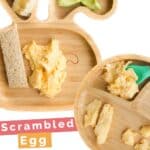

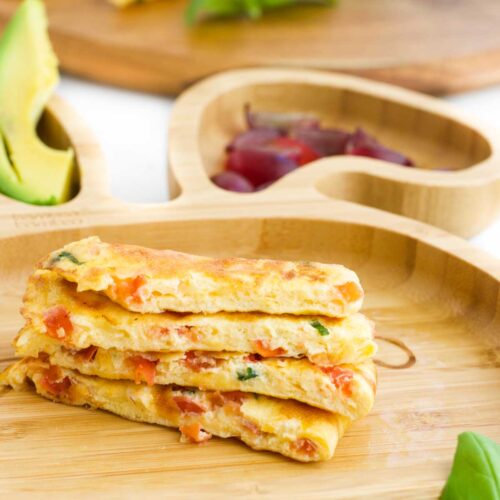
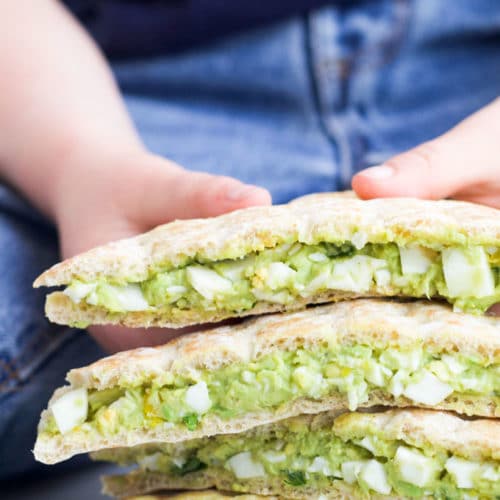
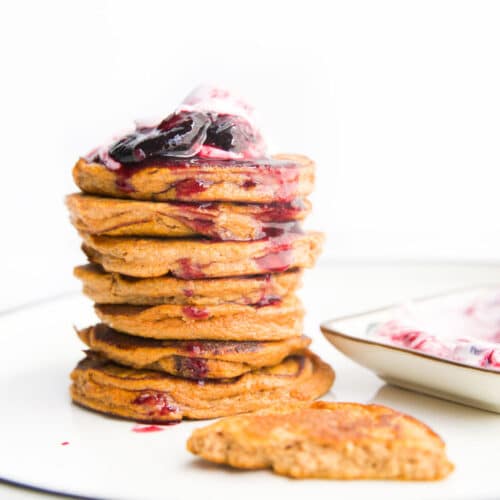
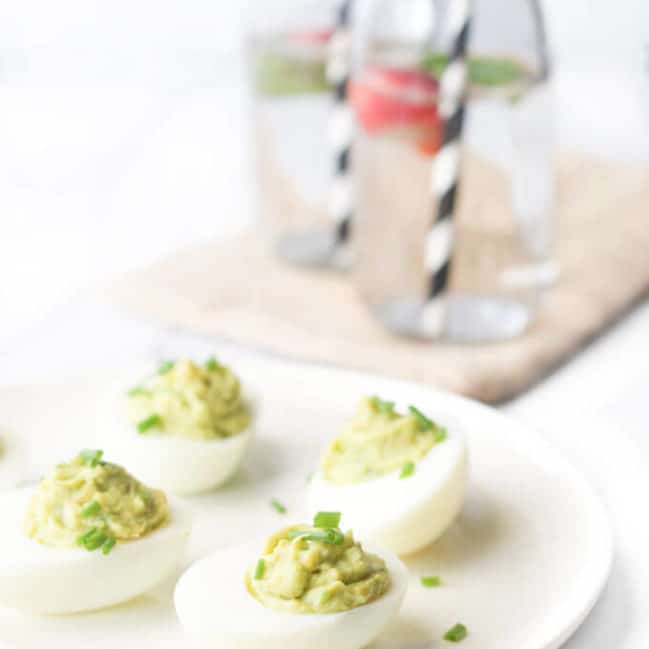
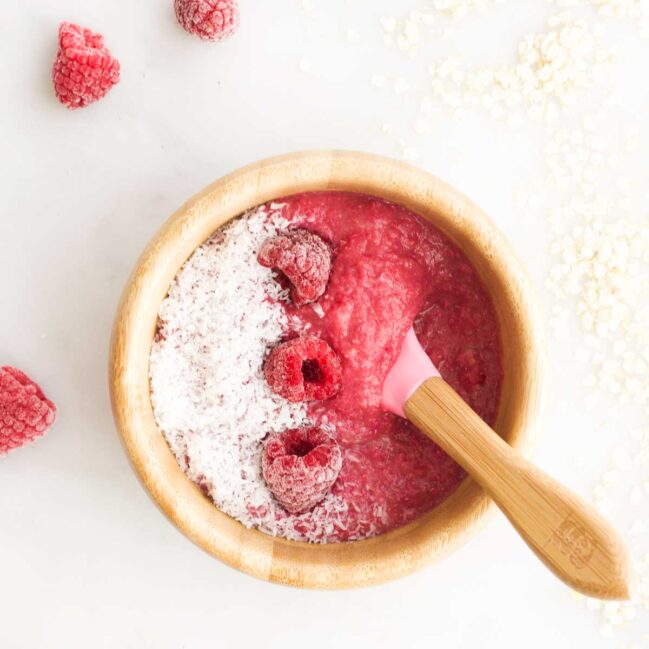
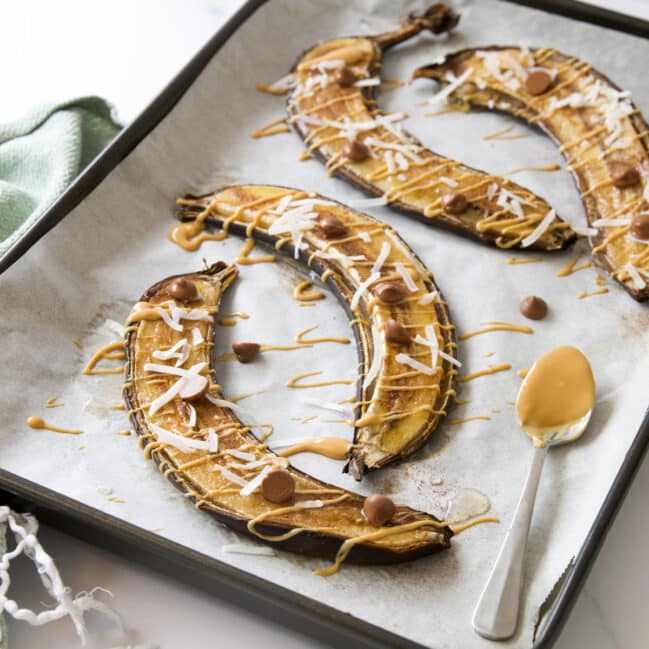
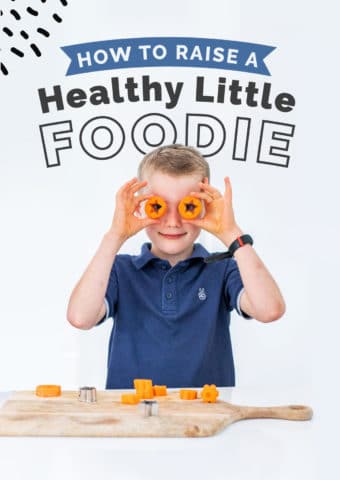
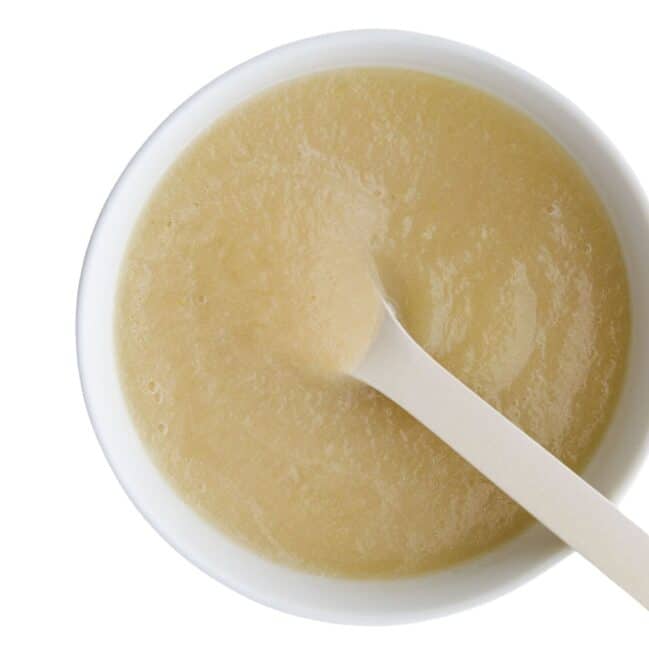
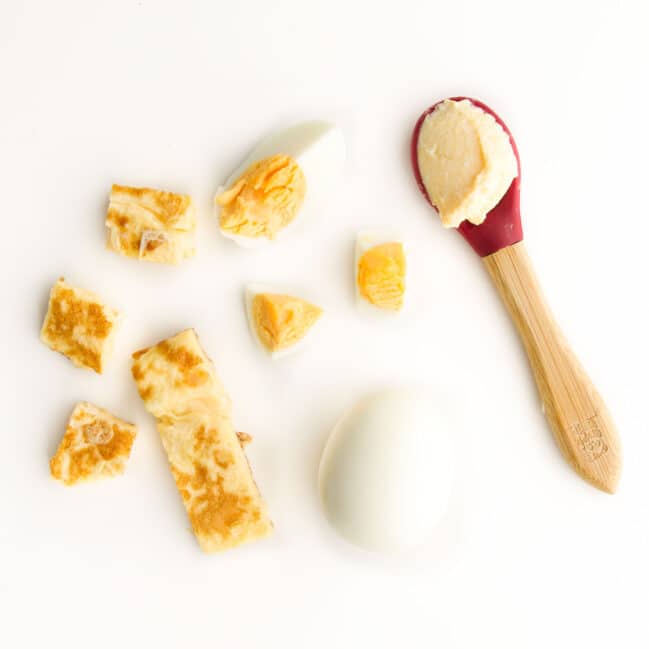
Mai v. H says
Thank you for your recipes that my babies like it and we do too.
I have a question about this recipe. There is milk in there and I assume it is cow milk. Can 8month baby eat the egg with cow’s milk in there? I read that not introducing cow’s milk to baby who is under 1 year old. Is that information still updated?
Thank you!
Amy says
Hi, you are correct you shouldn't introduce cow's milk to a baby under one. However this is as a drink, you can introduce it earlier when used in meals. Both eggs and milk are potential allergens so if you have not introduced any of these already I suggest introducing them separately first. 🙂
Craig says
First time making scrambled eggs on the stove, I’ve always used the microwave. Easy. I added cheese.
Amy says
Thanks Craig 🙂